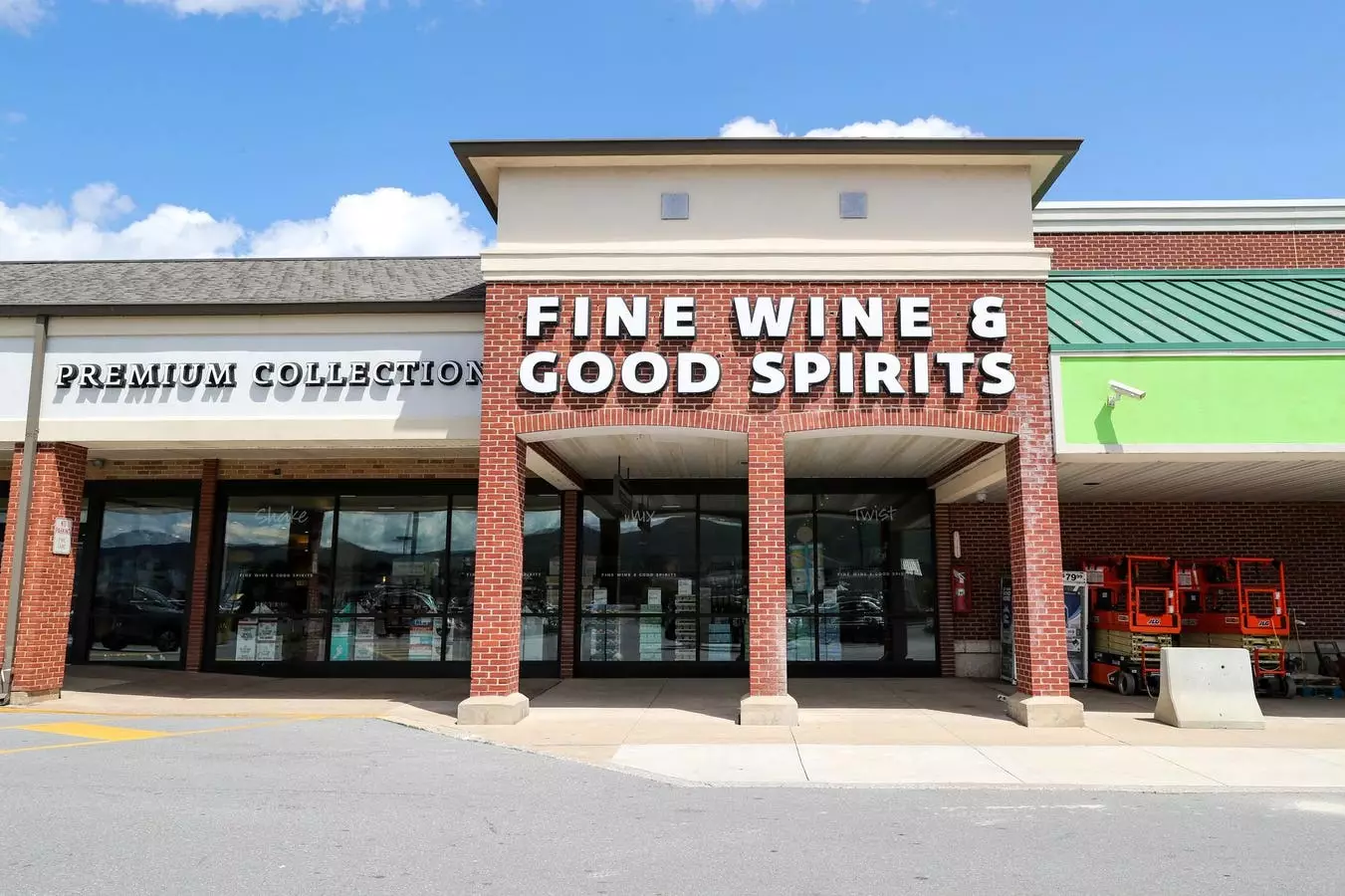The liquor industry, long a bastion of resilient sales growth, faced an unprecedented annual decline in revenue for 2024. The downturn, measuring a 1.1% drop from the previous year, signals a shift not only in consumer behavior but also in broader economic factors impacting discretionary spending. High inflation rates have stretched household budgets, shifting the consumer focus from luxury purchases to essential needs like housing, healthcare, and everyday groceries. Christine LoCascio, the chief of policy, strategy, and membership at the Distilled Spirits Council of the United States (DISCUS), articulates this change, observing that while inflation pressures have eased somewhat, consumers continue to experience elevated prices that diminish their discretionary income for luxuries such as top-shelf spirits.
High-end liquor brands, which had previously thrived on the “premiumization” trend—where consumers moved toward more expensive, high-quality options—are now feeling the effects of an uncertain economic landscape. The pleasure derived from sipping a rare Scotch or an exclusive bourbon seems overshadowed by the need to allocate limited financial resources more prudently.
Category-Specific Declines and Trends
The decline in liquor revenue is not uniform; specific spirits were considerably harder hit, particularly Scotch whisky, which witnessed a dramatic drop in sales. Such pronounced declines for premium categories emphasize a change in consumer priorities. While blended and American whiskeys also saw revenue decreases, pockets of growth still exist within the spirits sector. Notably, vodka remained stable, and categories like Irish whiskey, Canadian whisky, tequila, and mezcal experienced modest gains, suggesting that while the market is contracting, certain offerings still attract consumer interest.
Moreover, ready-to-drink cocktails (RTDs) have emerged as an unexpected bright spot. With consumers increasingly gravitating toward convenience and flavor offerings, spirits-based RTDs saw substantial revenue increases, highlighting an adaptive shift amidst a challenging climate. The rise in RTDs, which now account for 18% of the total market—up from just 8% three years prior—demonstrates the industry’s agility in responding to consumer demands.
Looking ahead, uncertainty looms large with the specter of tariffs and trade tensions raising red flags among liquor producers. The industry, characterized by its reliance on geographically unique products, such as bourbon, tequila, and cognac, could find itself embroiled in international trade disputes. The potential for retaliatory tariffs—which would affect iconic products like American whiskey—adds to the apprehension felt by distillers and marketers alike.
Sonat Birnecker, president of Koval Distillery, emphasizes the importance of maintaining market access and gaining government support for this crucial sector. The repercussions of tariffs could be devastating, especially if the industry’s reputation and recognition falter on international shelves. The history of consumer choice suggests that once a brand is lost to the competition, recovery becomes increasingly challenging.
This evolving consumer landscape raises questions about the sustainability of the premiumization trend that had been a hallmark of the spirits sector. While high-priced liquors still capture a portion of market interest, the data indicates a certain shift even within super-premium categories. Consumers appear to be opting for more economical choices within these premium labels, reflecting a more cautious approach to spending.
The overall consumption patterns hinted at by DISCUS indicate that while some premium products continue to thrive, the unprecedented decline in revenue forces industry players to reassess their strategies. The spirits industry, while still leading in market share against wine and beer, must adapt to shifting consumer sentiments and external economic pressures.
As the liquor industry navigates this challenging period, adaptability remains key. With rising consumer concerns about health, declining engagement from younger generations, and external economic pressures, companies will need to recalibrate their operations and marketing strategies. Emphasizing the quality of lower-priced offerings, capitalizing on the popularity of RTDs, and engaging with government initiatives on tariffs will be pivotal to ensure that the spirit of innovation and resilience continues to permeate the industry.
The future of liquor makers hinges on their capacity to balance premium offerings with changing consumer priorities and market realities. Industry leaders must be proactive rather than reactive if they are to sustain their growth in an environment where inflation and consumer sentiment shape the contours of the marketplace.


Leave a Reply